Showing results 331-340 of 370 for UDL
Search results
-
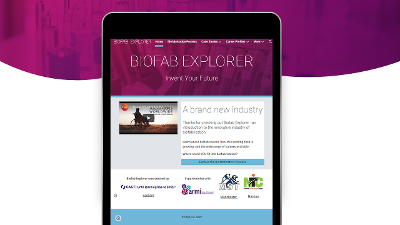
This project aims to broaden the participation of underrepresented populations in biofabrication and biomanufacturing by embedding career guidance into Career and Technical Education (CTE) classrooms that provide options for dual enrollment (i.e., taking college-level courses for credit while enrolled in high school).
-
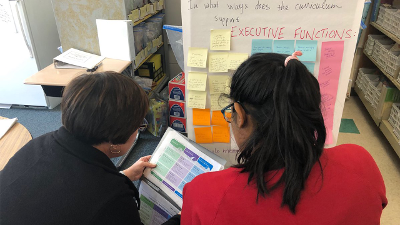
Through a three tiered service model of universal, targeted and intensive supports, the California Coalition for Inclusive Learning (CCIL 2.0) provides innovative professional learning focused on Universal Design for Learning (UDL) to increase educator capacity to provide ALL students access to meaningful, relevant, and rigorous grade level instruction in inclusive classroom environments.
-
We offer a range of options for professional development for postsecondary institutions, including keynotes, workshops, customized consultations, coaching, and more.
-
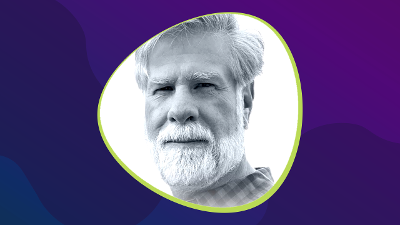
When I first met David Rose, while I was working at WGBH as head of its Media Access Group and National Center for Accessible Media, I knew that we would be sharing our mission and values in tangible and productive ways. The communities that we wanted to serve together tied our bonds, and as my staff met CAST's, the relationship just grew and grew.
-
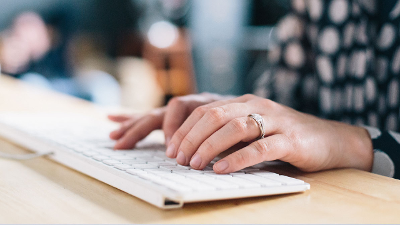
CAST partnered with the Minority Student Achievement Network (MSAN) to create a web-based professional development course to help 8th-grade science teachers understand stereotype threat and adopt UDL-based methods to reduce the likely effects of stereotype threat in their everyday instruction.
-
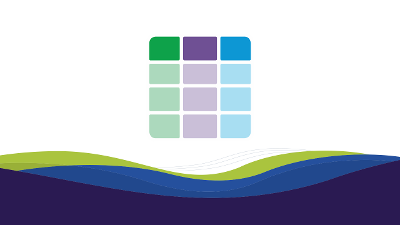
The Young Adult Advisory Board will support and inform the process of reenvisioning the UDL Guidelines through an equity lens by centering and amplifying the experiences and perspectives of young people. The Board is comprised of young adults ages 18-22 who are eager to share their ideas for how to create more equitable learning environments through the dimensions of race and ethnicity, gender and sexuality, socioeconomic background, language, disability, and/or citizenship and nationality.
-
Webinar
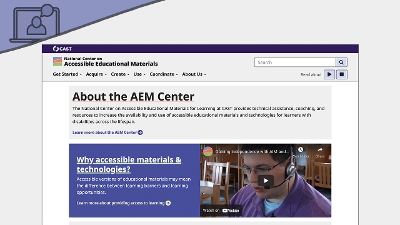
2:00PM – 3:00PM ET on Tuesday, May 18, 2021
Let the AEM Center's technical assistance team introduce you to our new website.
-
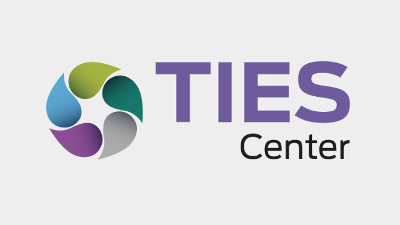
The TIES Center mission is to create sustainable changes in school and district educational systems so that students with significant cognitive disabilities can fully engage in the same instructional and non-instructional activities as their general education peers while being instructed in a way that meets individual learning needs.
-
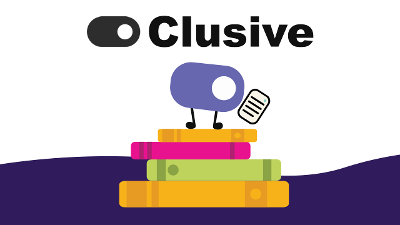
Clusive is an adaptive and accessible web-based reader designed to engage students in independent reading. Based on the inclusive principles of Universal Design for Learning (UDL), Clusive scaffolds the development of reading skills for students in grades 5 through 12.
-
Podcast
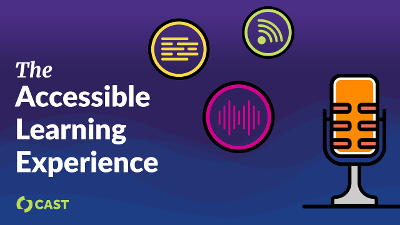
National AEM Center at CAST, 2022
In this episode, Lynn McCormack and Kristin Robinson from the Clusive team join us to explain the many accessibility features and Universal Design for Learning supports that are built into Clusive to create a more personalized learning environment that adapts to individual needs and preferences of each learner.
